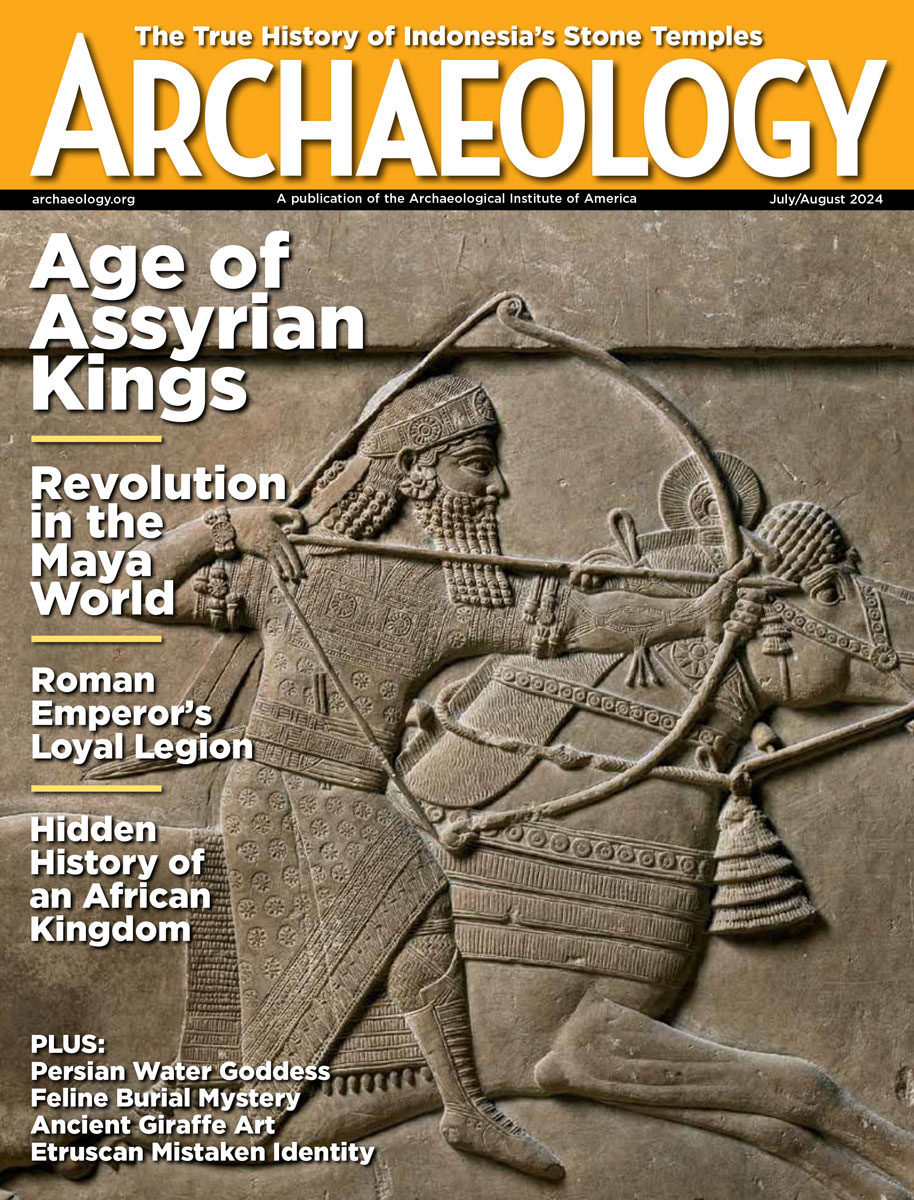

Ardipithecus ramidus debuts on cable tv
![[image]](thumbnails/ramidustv1.gif)
(Jay H. Matternes)
For the second time this year cable TV has aired a documentary about a not-so-newly discovered fossil that is supposed to revolutionize the study of human evolution, so if you are having trouble keeping track of which semi-simian ancestor is the most important you are to be forgiven. Earlier in the year, History Channel gave us "the Link" a breathlessly hyped, but well-preserved 47-million-year old monkey fossil which is supposed to be ancestral to humans (but who can really tell when it comes to something that lived roughly 40 million years before apes and humans split into separate branches of the family tree?). "Discovering Ardi," a two-hour documentary on the Discovery Channel did a much better job of delivering on the promise.
The discovery of the 4.4 million-year old Ardipithecus ramidus skeleton in Ethiopia's Awash basin was announced to the world in September 1994, but analysis of the fossils was just published this month, giving them a new round of entirely justified celebrity. The show put Ardipithecus in its evolutionary place, about a million years earlier than the famous Lucy skeleton (Australopithecus afarensis), but earlier fossil hominins such as the seven-million-year old Sahelanthropus tchadensis and six-million-year old Orrorin tugenensis are scarcely mentioned. Otherwise, this is an extremely thorough documentary, detailing everything from how the fossils were excavated to how volcanic ash layers were used to estimate the age of the fossils.
![[image]](thumbnails/ramidustv2.gif)
(Jay H. Matternes)
What really held my interest were the discussions of how the research changes what is thought about early human evolution. Ardipithecus walked upright, but had a big toe that was more like a thumb, which was probably used to grasp branches when climbing trees. Environmental data shows that Ardipithecus lived in a forest, challenging the idea that walking on two legs was something our ancestors evolved as an adaptation to life on the African savannah. On the other hand, the documentary digresses into a long segment about how motion-capture animation was used to create a computerized cartoon of Ardipithecus moving through a reconstructed ancient forest. Most documentaries would just show the computer animation, but this one turned into its own "making of" video, which I could do without.
I was most interested in the idea that early hominin females found bipedal posture sexier than large, sharp canine teeth. There may not be a lot of data to support this conjecture, other than Ardi's small canines, but I suspect it will make the next Paleoanthropology Society meetings interesting. "Discovering Ardi" is worth almost every minute of its two-hours. It is exactly the type of program I wish Discovery Channel did more of.
Zach Zorich is a senior editor at ARCHAEOLOGY.
Advertisement

Advertisement






